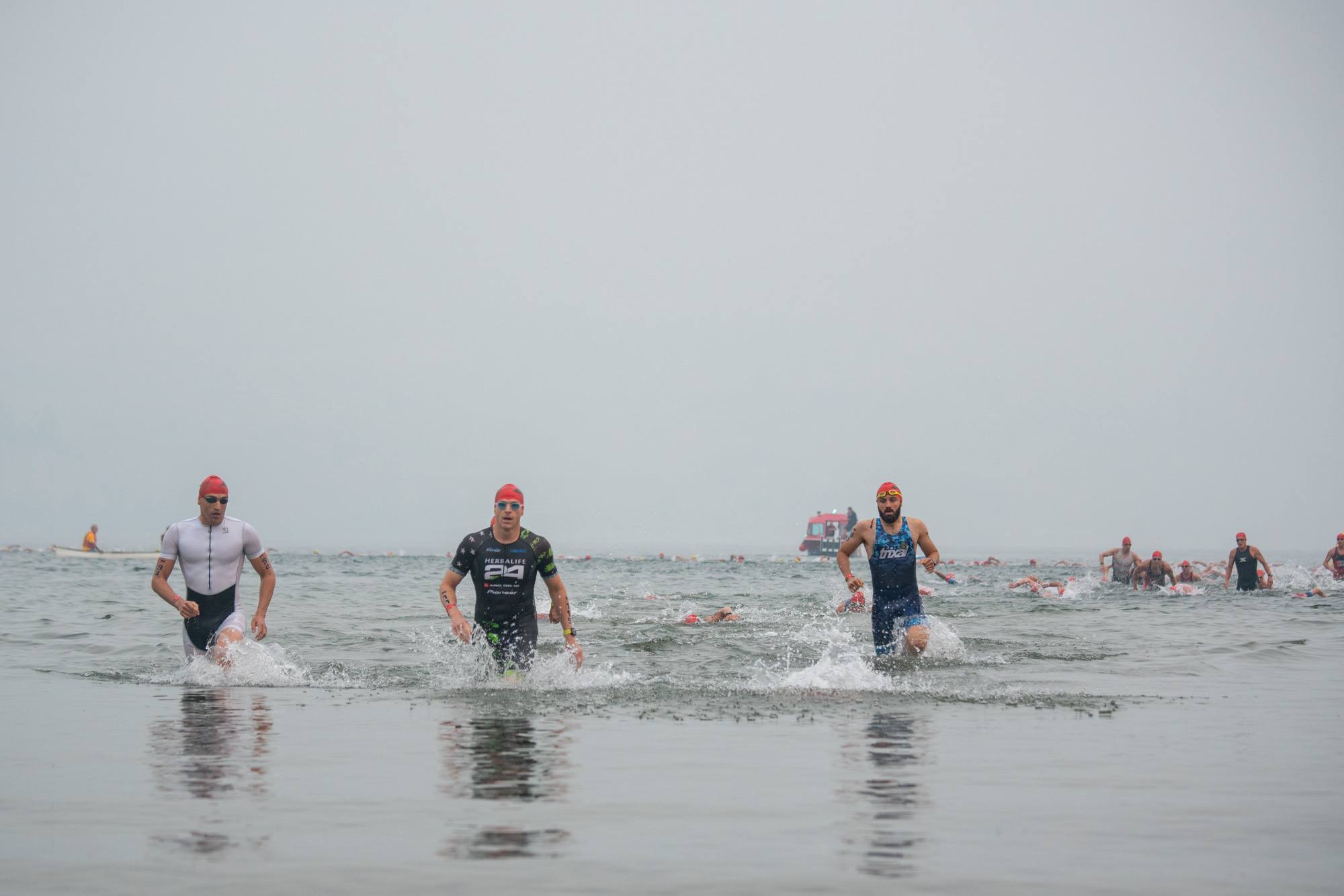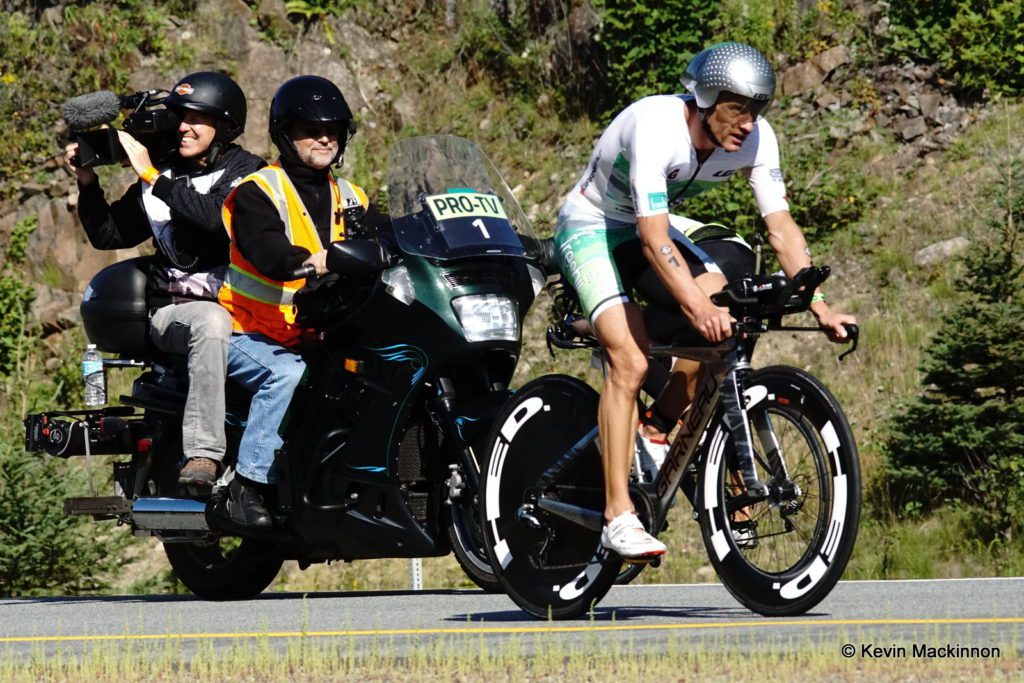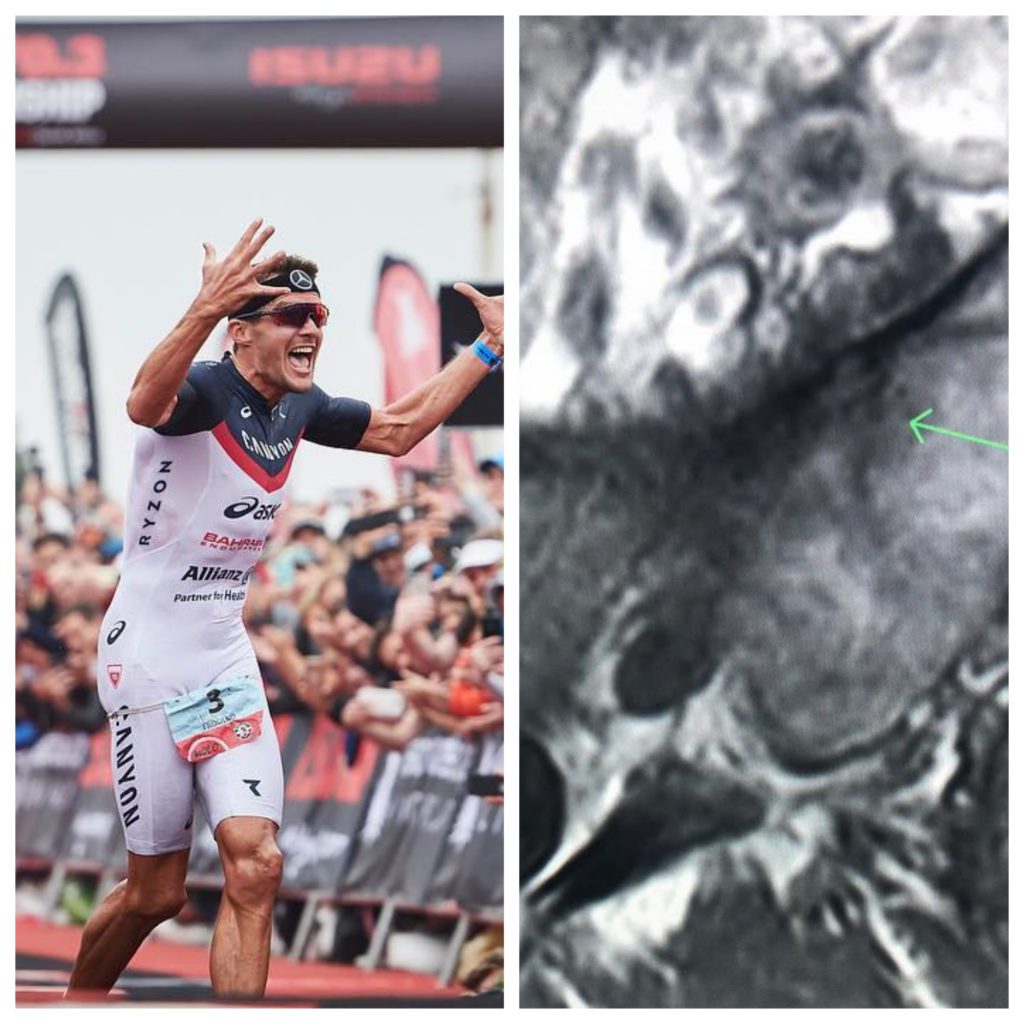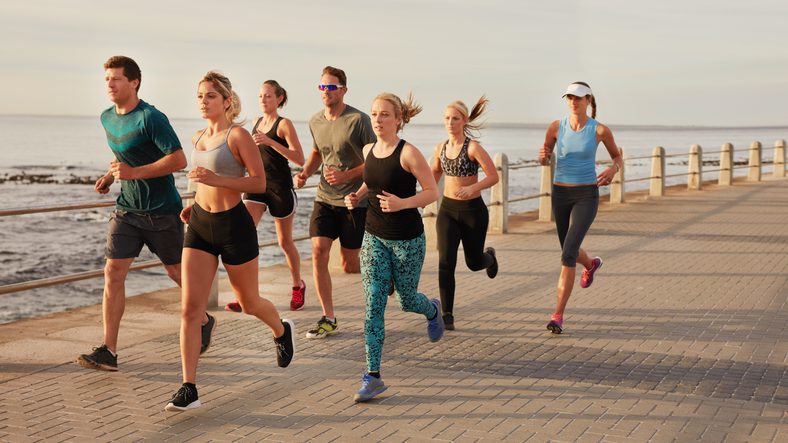Concern over RED-S in male triathletes
Once thought to only apply to female athletes - the Female Athlete Triad. We now know that this term completely ignored an important and perhaps increasingly common issue for male athletes: enter the term Relative Energy Deficiency in Sport (RED-S).

— by Pip Taylor
It’s no secret that the sport of triathlon, at least at the elite level, has a strong correlation with lean, toned bodies. The simple physiological demands of a high strength-to-weight ratio, and the emphasis placed on run speed as a predictor of performance, mean that carrying excess body fat is likely going to be detrimental to performance. It is also no secret that this knowledge, coupled with ambition and drive for success, sees many athletes place a heavy emphasis on dietary intake.
When implemented correctly, a healthy nutrition focus can support both body composition goals and fuel performance recovery without compromising other metabolic processes, including hormone production and immune function. But it is also safe to say that the sport has its fair share of athletes who fall into the trap of trying to attain leanness by restricting energy intake to the detriment of longer-term health and well-being. Perhaps this is especially true of triathletes – renowned for their strong intrinsic motivations and internal pressures to perform. There may also be social or cultural pressures, in a sport where Lycra suits don’t leave much to the imagination.
Then there are other reasons why triathletes might under-eat – and that is simply practical demands of timing and appetite coupled with huge training loads that can see multiple sessions in one day. In other words, it’s simply not being able to consume enough to cover those full-distance miles.

Related: Is lighter faster? Is lighter healthier?
It was previously believed that any real detrimental health effects – low bone mineral density and menstrual dysfunction, caused by restricting intake, or simply not consuming enough to meet energy needs – applied only to female athletes, and it became widely known as the Female Athlete Triad. However, we now know that this term completely ignored an important and perhaps increasingly common issue for male athletes: enter the term RED-S or Relative Energy Deficiency in Sport.
What is Red-S?
If your training demand exceeds your energy intake – either intentionally in an effort to make racing weight or reduce body weight, or simply because you are unable to eat enough to cover high training loads – then you simply don’t have enough energy to cover the cost of training as well as healthy metabolism and function. An energy deficiency can impact all aspects of health, including metabolic rate, bone health, growth (especially for young growing athletes), fertility (both male and female), immune function, hormone production, heart health and mental health.

Related: The warning signs of a stress fracture
Consistency in nutrition across the day/week is also important. Although overall intake can be sufficient, if there are periods of significant deficits, such as long, hard training rides or brick sessions without adequate calorie matching, then this is reflected in altered catabolic hormone markers. Similarly, if recovery nutrition is not adequate or timely, then the metabolic function can be adversely impacted, to the detriment of bone health and immune function.
From a training and racing perspective, RED-S will dramatically affect performance by interfering with adaptations to training loads, reduce endurance capacity, erode strength and speed, impair recovery and add to levels of fatigue.
Signs and symptoms of Red-S vary widely and include:
- Disordered eating patterns – including restricting overall intake or particular food groups, skipping meals, avoiding social food situations or having certain “rules” around foods and eating.
- Poor bone health – including stress fractures and/ or a below normal bone mineral density (BMD).
- Reduced sex drive, issues with fertility, lower levels of sex hormones.
- Depressed mood or irritability; trouble sleeping.
- Impaired immune function, including susceptibility to ongoing illness.
- Reduced athletic performance, impaired recovery and lowered adaptations to training.
Related: The two most common ways a sacral fracture occurs
Avoiding Red-S
Sports performance requires good nutrition and good health. Avoiding Red-S means simply eating enough and eating enough at the right times. Unfortunately, there is no simple or accurate equation to give exact energy needs – counting calories and tracking energy expenditure is fraught with inaccuracy. Getting too hung up on these practices can actually exacerbate obsessions for some athletes that may be more prone to energy restriction. If you are aiming to reduce body weight or change body composition, then look for longer-term changes rather than restricting intake. Look out for any of the signs and symptoms above, and consult a sports nutritionist or sports doctor to help guide you through especially high-load training blocks.
Pip Taylor is a pro triathlete and nutritionist from Australia.


